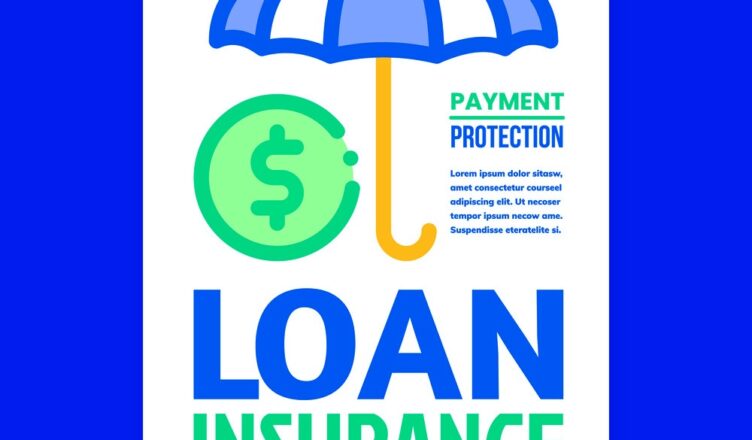Obtaining a loan is a significant financial commitment that often requires careful consideration. One essential aspect to understand when entering into a loan agreement is loan insurance. Loan insurance, also known as payment protection insurance (PPI), is a safeguard that offers protection to borrowers in specific situations.
In this blog post, we will unravel the mystery surrounding loan insurance, exploring its purpose, how it works, and the factors to consider before opting for such coverage.
What is Loan Insurance?
Loan insurance is a form of financial protection that helps borrowers mitigate the risks associated with loan repayment. It acts as a safety net by providing financial support in case unforeseen circumstances prevent the borrower from meeting their repayment obligations. Such circumstances may include job loss, disability, illness, or death, depending on the policy terms and conditions.
How Does Loan Insurance Work?
Loan insurance typically functions as a policy that pays out a predetermined sum of money to cover loan repayments in the event of a covered risk. The specific terms and coverage vary depending on the insurance provider and the policy chosen. Generally, borrowers pay a regular premium alongside their loan repayments to maintain insurance coverage.
Here’s a step-by-step breakdown of how loan insurance works:
- Application and Approval: Borrowers apply for loan insurance at the time of obtaining a loan. The lender or a separate insurance provider will review the application and determine eligibility based on factors such as age, health, occupation, and loan amount.
- Premium Payments: If approved, borrowers must pay regular premiums to maintain the loan insurance coverage. Premiums are usually added to the loan repayment amount and can be paid monthly or annually, depending on the policy terms.
- Covered Events: Loan insurance policies specify the events covered by the insurance, such as unemployment, disability, critical illness, or death. In the unfortunate occurrence of any of these events, the policyholder becomes eligible to make a claim.
- Claim Process: When a covered event occurs, the policyholder must initiate the claim process by notifying the insurance provider. The insurer will then assess the claim and determine its validity based on the policy terms and conditions.
- Payout: If the claim is approved, the insurance provider will make payments directly to the lender, covering the outstanding loan repayments for the specified period mentioned in the policy. This relieves the borrower from the financial burden during difficult circumstances.
<<< Unemployment Insurance: How To File Unemployment Insurance Claims >>>
Factors to Consider
Before opting for loan insurance, it is essential to consider the following factors:
- Policy Coverage: Understand the events covered by the insurance policy. Ensure it aligns with your specific needs and potential risks. Read the policy document thoroughly to determine the scope of coverage and any exclusions or limitations.
- Cost: Evaluate the premium cost and its affordability over the loan term. Compare quotes from different insurance providers to find the best value for money.
- Eligibility and Exclusions: Be aware of any eligibility criteria and exclusions related to pre-existing conditions, waiting periods, and job types. These factors may affect your ability to claim insurance benefits.
- Alternative Coverage: Assess whether you already have insurance coverage that may overlap with loan insurance, such as life insurance or income protection policies. Avoid duplicating coverage unnecessarily.
Conclusion
Loan insurance can offer peace of mind and protect borrowers from unexpected financial setbacks when repaying their loans. By understanding the concept of loan insurance and carefully evaluating its terms and conditions, borrowers can make informed decisions regarding their financial protection needs. Remember to assess the coverage, costs, eligibility criteria, and any alternative insurance options available before opting for loan insurance.
